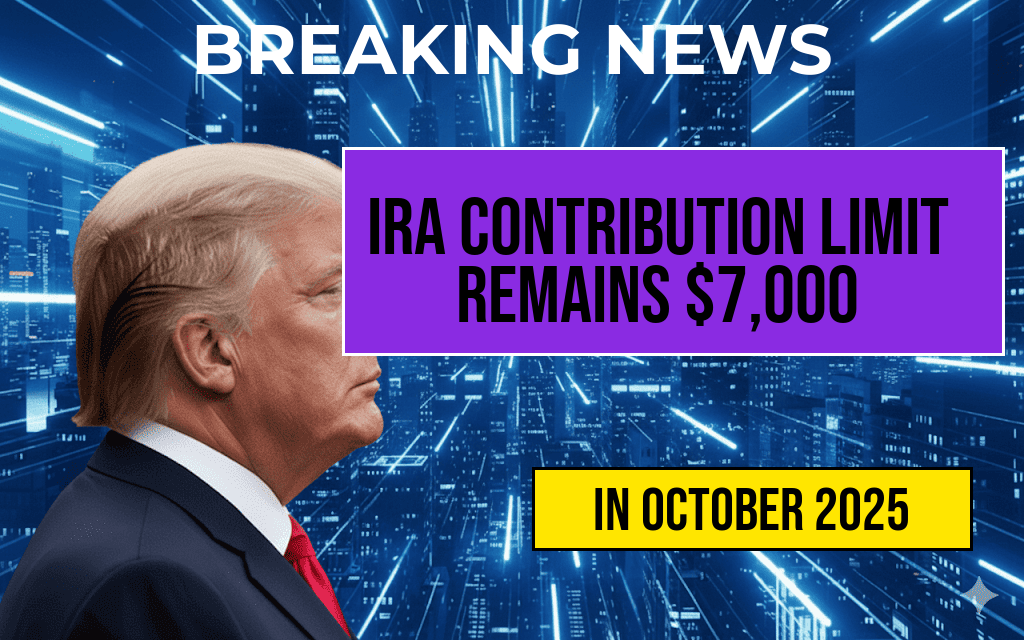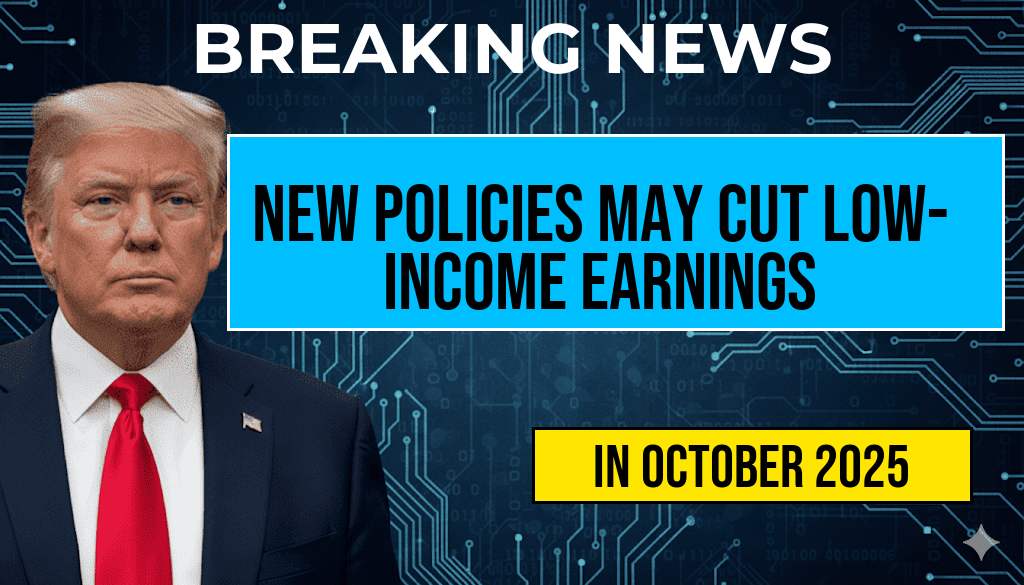Recent policy changes enacted by federal and state governments are projected to significantly impact the financial stability of the nation’s lowest-income households. According to a report by the Economic Policy Institute, these new measures could reduce the annual income of the poorest families by as much as $1,650. This shift is attributed to modifications in welfare programs, tax credits, and housing assistance, raising concerns among economists and social advocates about the potential for increased poverty rates and economic instability in vulnerable communities.
Understanding the Policy Changes
The new policies primarily focus on adjustments to existing welfare programs and tax structures. Analysts indicate that these changes could lead to a reduction in the benefits that assist low-income families, exacerbating existing financial challenges. Key areas affected include:
- Welfare Benefits: Cuts to programs such as Temporary Assistance for Needy Families (TANF) may limit the support provided to struggling households.
- Tax Credits: Adjustments to the Earned Income Tax Credit (EITC) could reduce the amount of money families receive during tax season.
- Housing Assistance: Changes to housing vouchers and subsidies may lead to higher out-of-pocket costs for rent, putting additional strain on low-income families.
Impact on Households
The implications of these policy changes are far-reaching. For families already living paycheck to paycheck, a reduction of $1,650 can mean the difference between securing basic necessities and falling deeper into poverty. Affected households may struggle to pay for essential items, including:
- Food
- Healthcare
- Utilities
- Transportation
With the cost of living continuing to rise, the timing of these policy changes raises alarms. According to a recent article from Forbes, low-income households are particularly sensitive to shifts in income due to their limited financial cushion. As prices for goods and services increase, these families face a dual challenge of decreased income and rising expenses.
Economic Consequences
Economists warn that the reduction in income for the poorest households could have broader implications for the economy. As spending power diminishes, there is a risk of decreased consumer demand, which could slow economic growth. To illustrate this, a recent study from the Economic Policy Institute suggests that cuts to low-income support programs can lead to a ripple effect, potentially increasing reliance on emergency services and food banks.
Community Responses
Community organizations and advocates have voiced their concerns over the new policies. Many are mobilizing efforts to support affected families through direct assistance and advocacy. Local food banks and shelters are preparing for an increase in demand as families look for help to make ends meet.
Legislative Action
In response to the potential fallout from these policies, some lawmakers are advocating for legislation aimed at protecting vulnerable populations. Proposals include:
- Restoration of previous welfare benefits
- Expansion of the Earned Income Tax Credit
- Increased funding for housing assistance
Supporters argue that these measures are necessary to alleviate the financial burden on low-income families and stimulate economic growth. However, opposition remains, with some policymakers citing budgetary constraints and the need for fiscal responsibility.
Looking Ahead
The long-term effects of these policy changes remain to be seen. As low-income families brace for potential income reductions, the demand for social services is expected to rise. Economists and social advocates alike stress the importance of monitoring the situation and advocating for policies that promote economic stability and support for the most vulnerable members of society.
| Program Affected | Potential Reduction ($) |
|---|---|
| Welfare Benefits | 800 |
| Earned Income Tax Credit | 600 |
| Housing Assistance | 250 |
Frequently Asked Questions
What are the new policies mentioned in the article?
The new policies refer to changes in government regulations and programs aimed at addressing economic disparities. These policies are anticipated to disproportionately affect the poorest households, reducing their income significantly.
How much income will the poorest households lose due to these policies?
The article states that the poorest households could see a reduction in their income by as much as $1,650, which could create further financial strain for families already struggling.
Who will be most affected by these income reductions?
The groups most affected by these income reductions are primarily low-income families and individuals who rely on government assistance and social programs for their livelihood.
What are the potential consequences of reduced income for these households?
Reduced income can lead to increased financial insecurity, making it difficult for affected families to afford basic necessities such as food, housing, and healthcare, ultimately worsening their overall quality of life.
Are there any proposed solutions to mitigate the impact of these policies?
The article discusses various advocacy groups and policymakers who are calling for revisions to the new policies to prevent income loss among the poorest households and to ensure that social safety nets remain effective.











